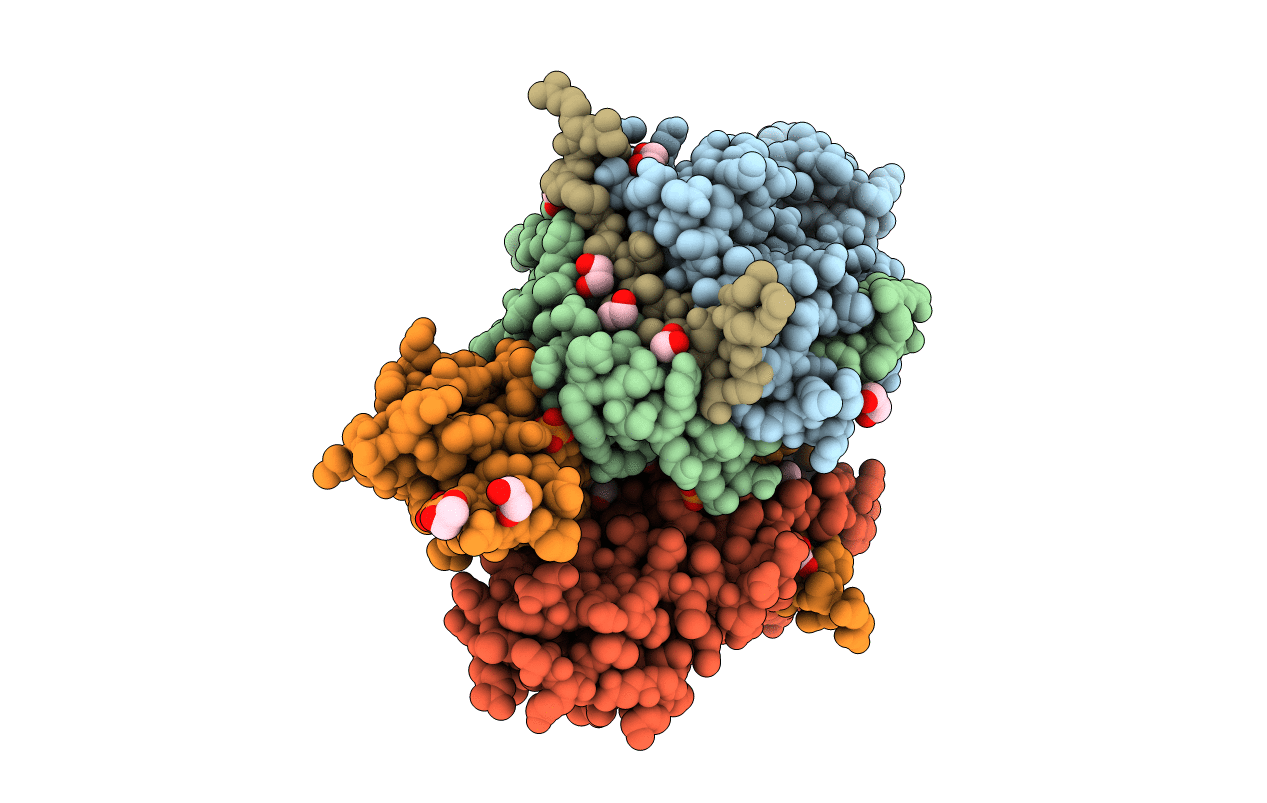
Deposition Date
2018-08-13
Release Date
2019-08-14
Last Version Date
2024-10-23
Entry Detail
PDB ID:
6HBY
Keywords:
Title:
HLA class II peptide flanking residues tune the immunogenicity of a human tumor-derived epitope
Biological Source:
Source Organism:
Homo sapiens (Taxon ID: 9606)
Host Organism:
Method Details:
Experimental Method:
Resolution:
1.95 Å
R-Value Free:
0.24
R-Value Work:
0.19
R-Value Observed:
0.19
Space Group:
P 1 21 1


